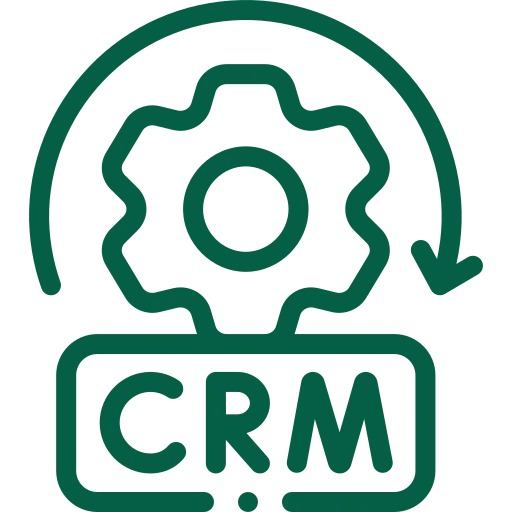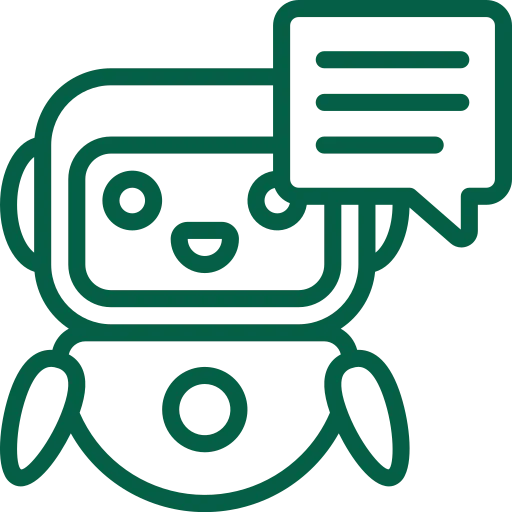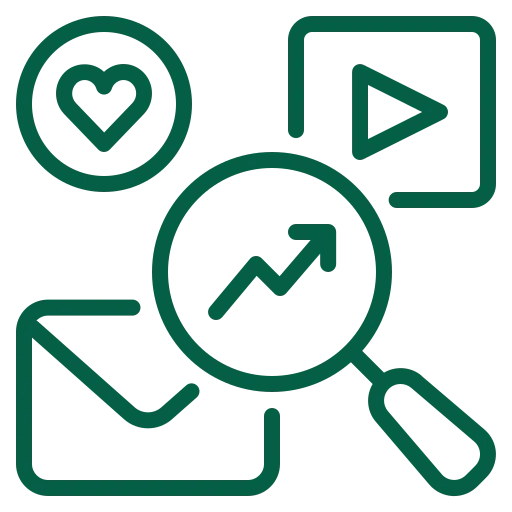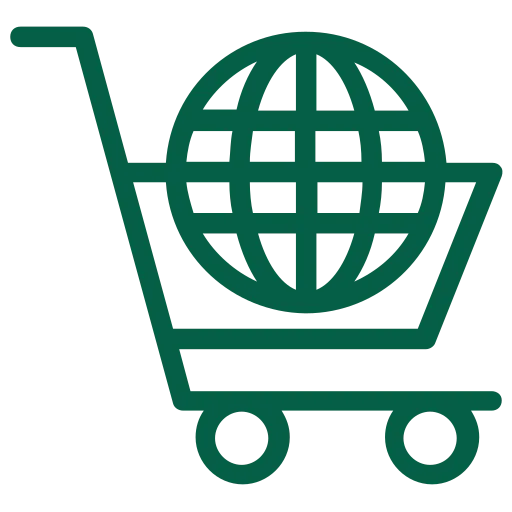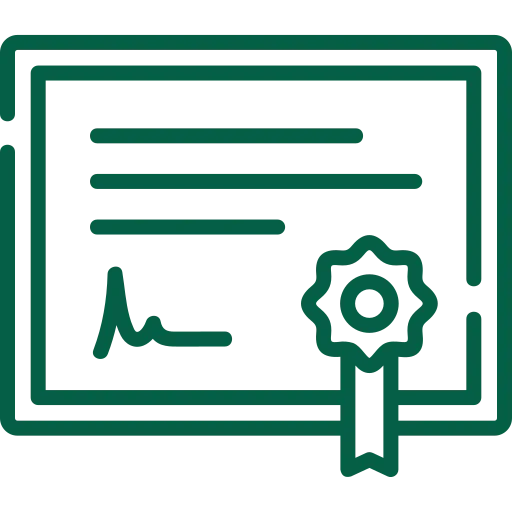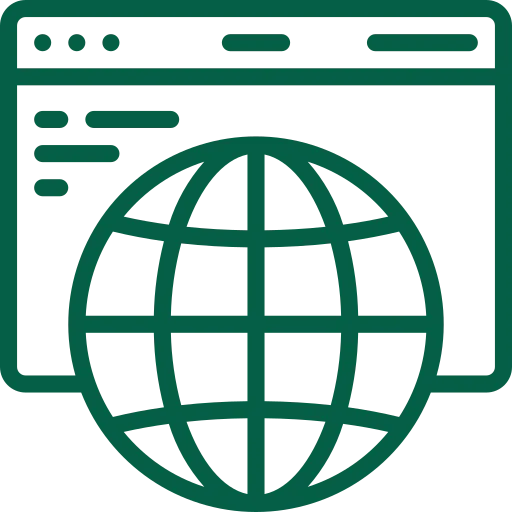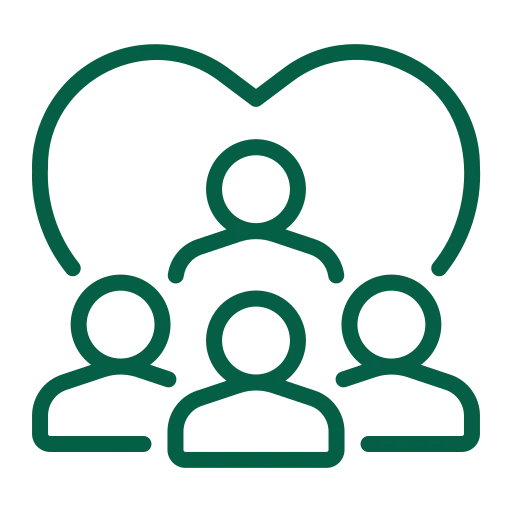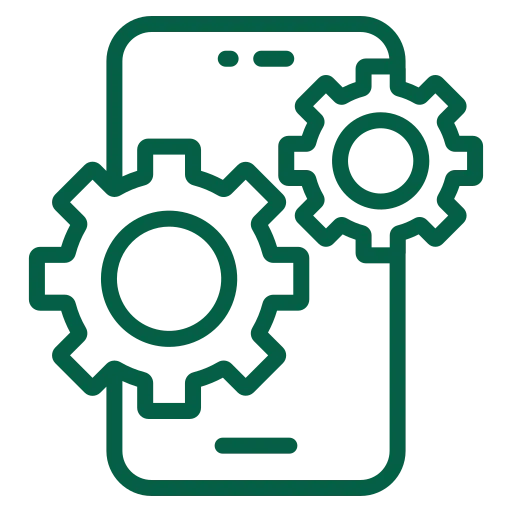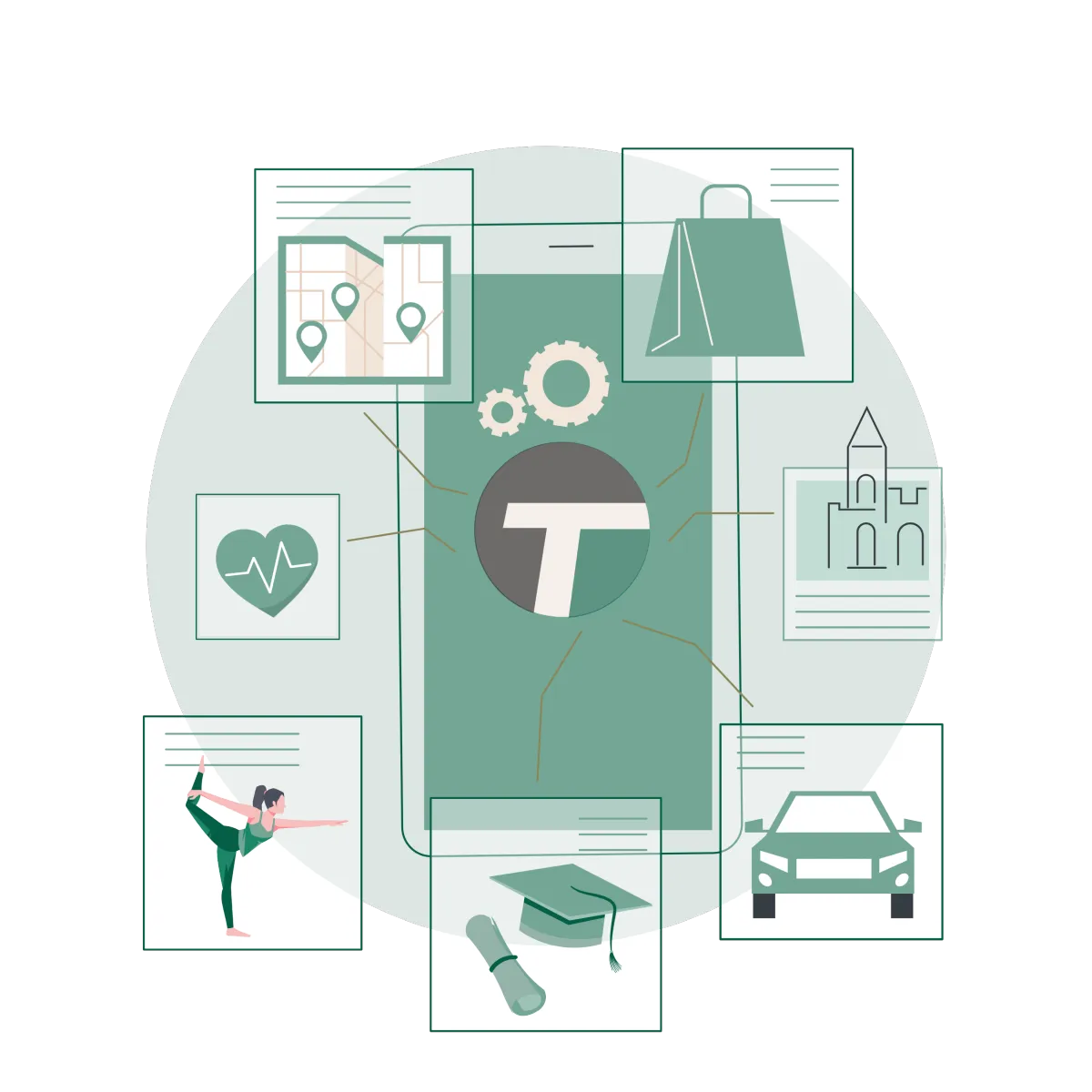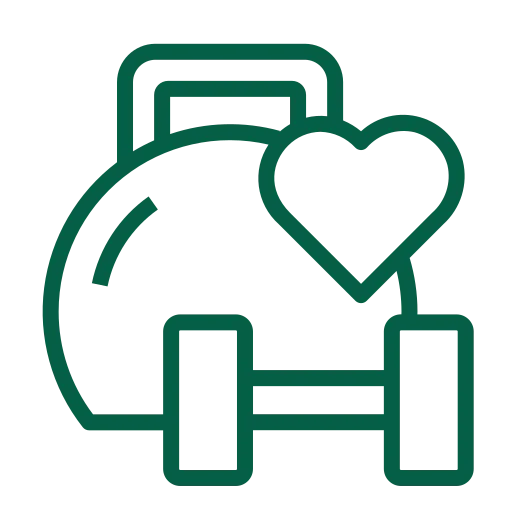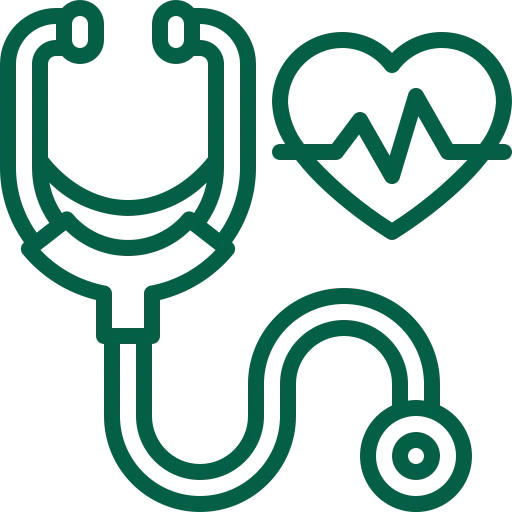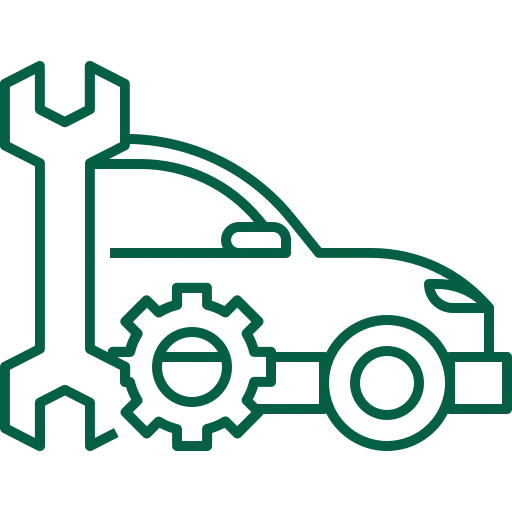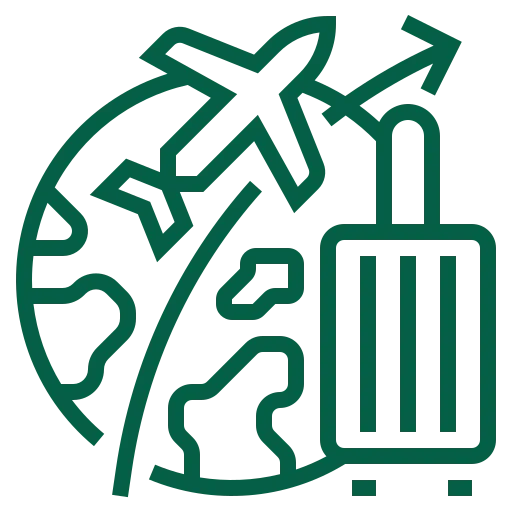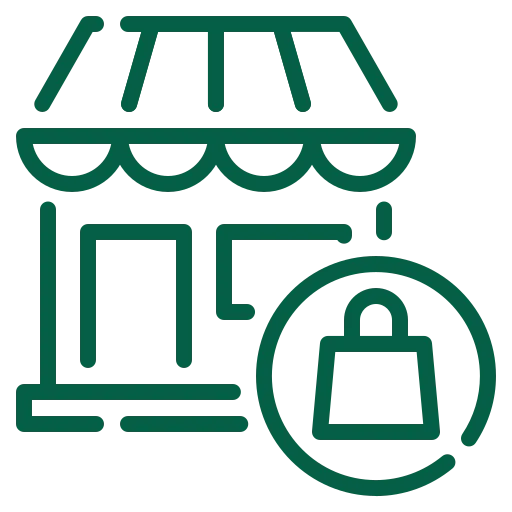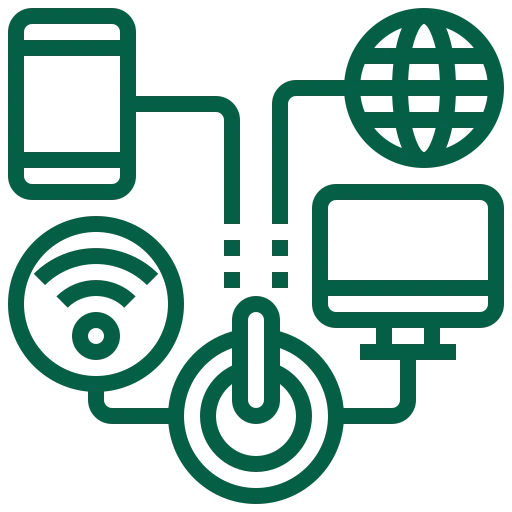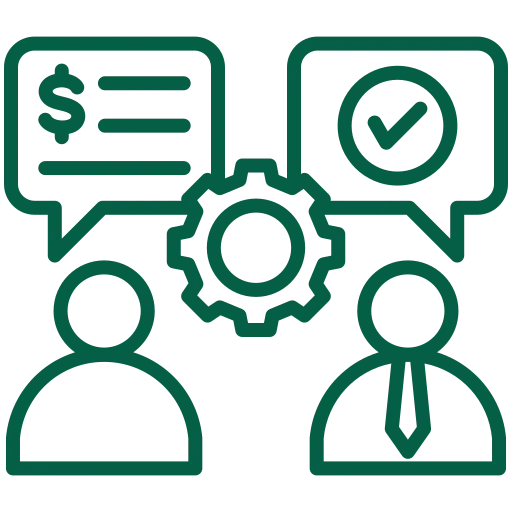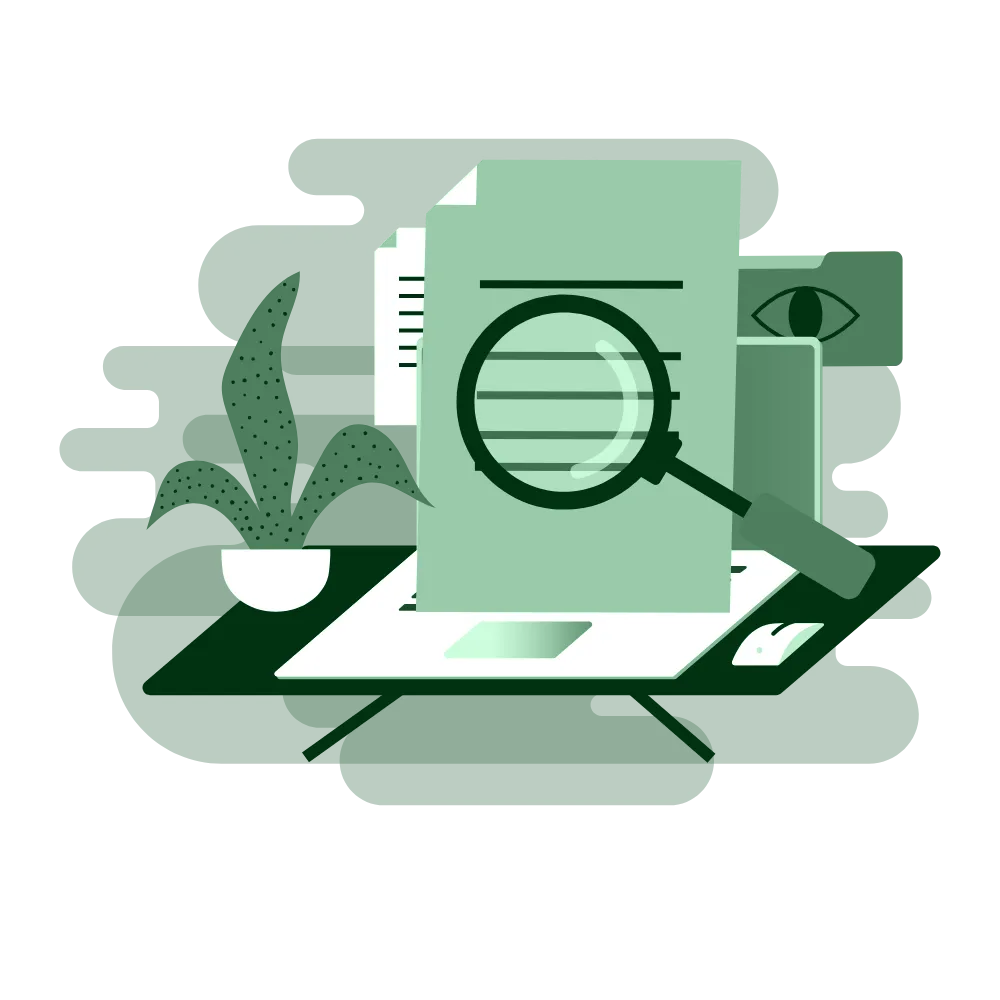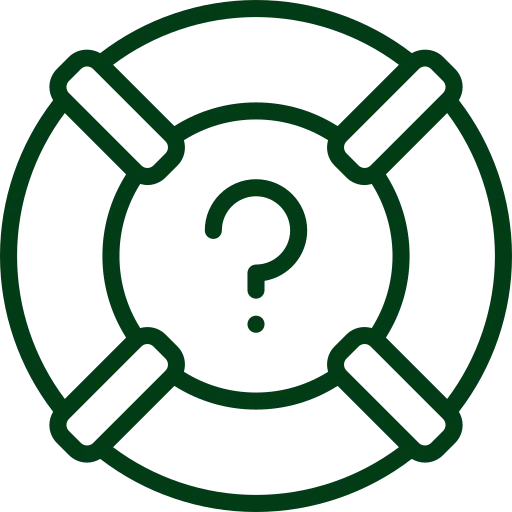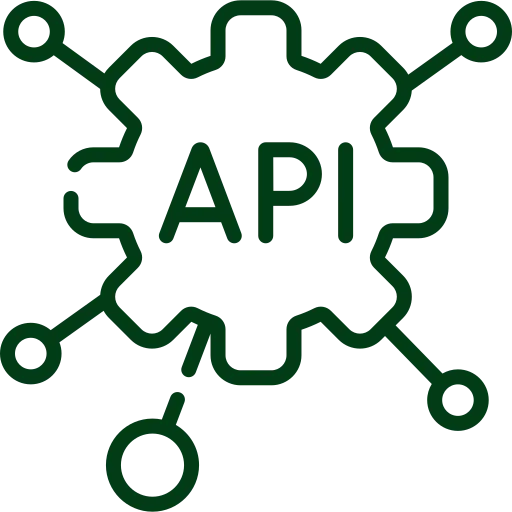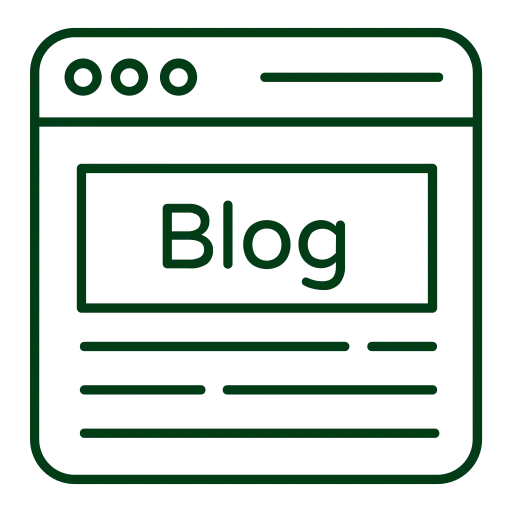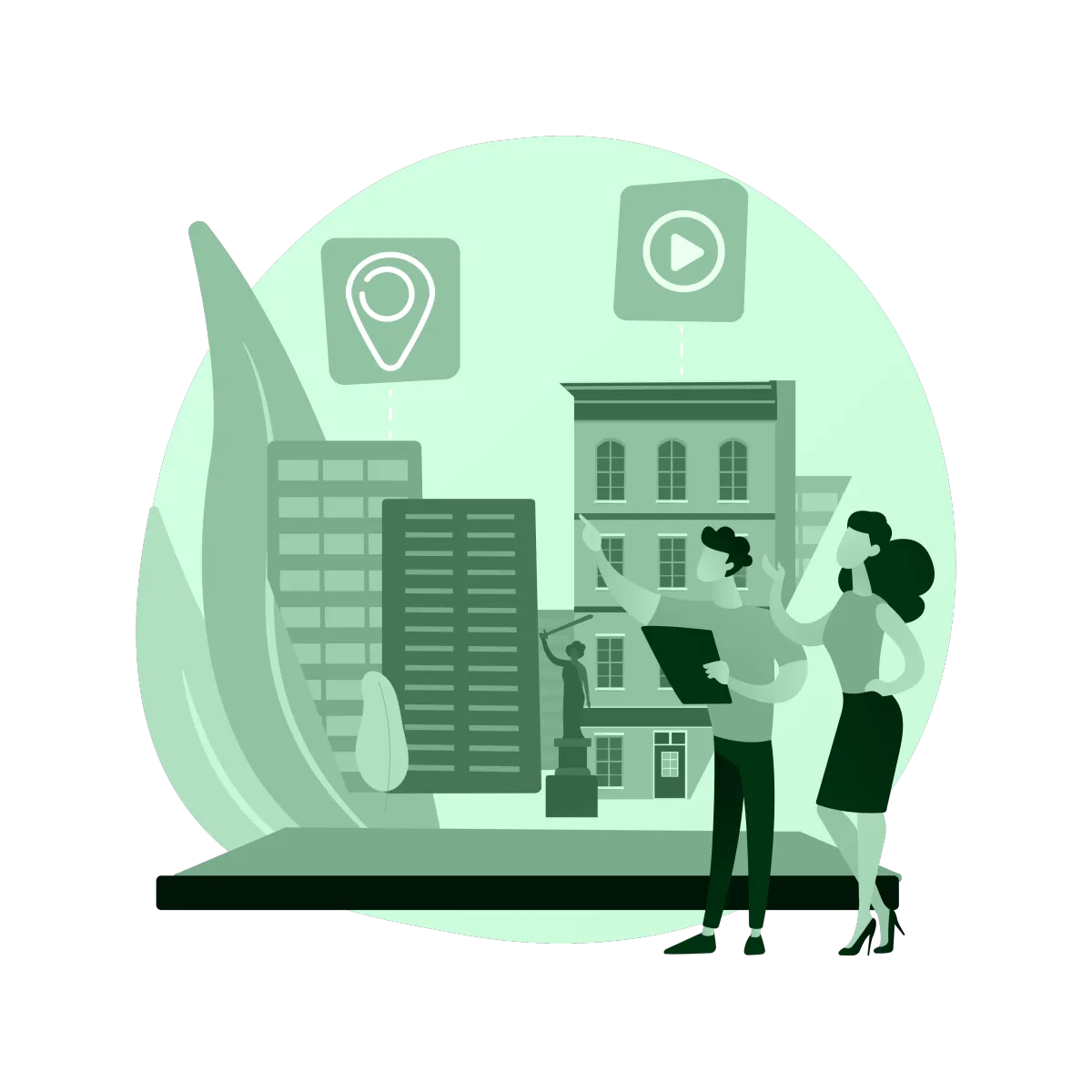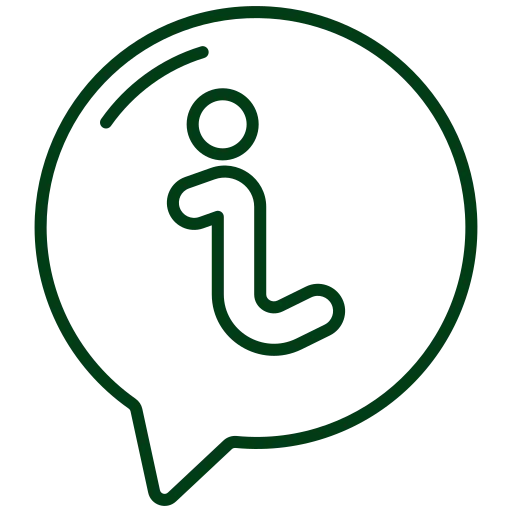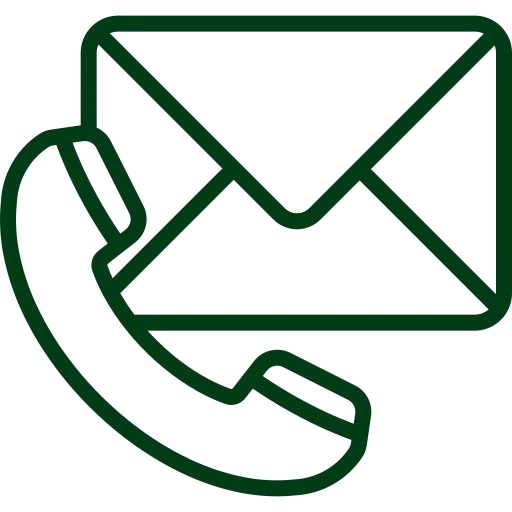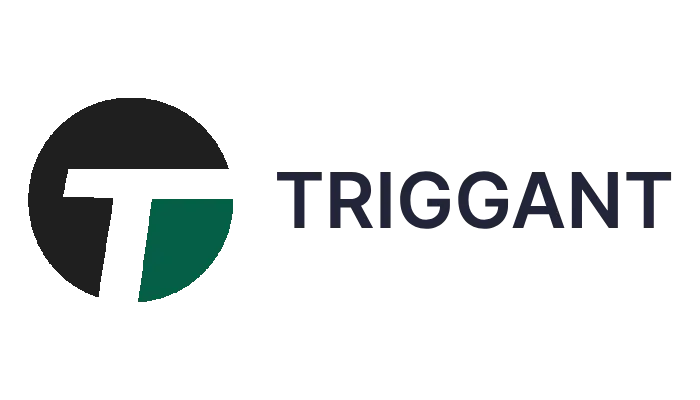WhatsApp Business
Pricing Guide
Overview of WhatsApp Billing
WhatsApp in TRIGGANT now uses a per-message pricing model, charging businesses for each delivered
message rather than a flat fee per 24-hour conversation window. This shift offers greater transparency
and control over messaging costs, enabling more precise budgeting and strategy.
Messages are categorized into Marketing, Utility, Authentication, and Service types — each with its own
pricing logic and strategic use cases. Understanding these message types and how they're triggered is
essential for optimizing spend and delivering timely, relevant communication to your customers.
By aligning your outreach with these categories, you can take full advantage of cost-saving opportunities (like free utility messages within an open customer service window) while maintaining high-quality engagement.
Key Benefits of WhatsApp's Pricing Structure
With WhatsApp transitioning to a per-message pricing model, businesses gain greater control, flexibility, and transparency in how they communicate with customers. Understanding these benefits allows businesses to align their messaging strategy with both operational goals and cost-efficiency.
1. Transparent, Granular Billing
Messages are individually categorized into Marketing, Utility, and Service types. This granularity allows businesses to:
Clearly understand what they’re being charged for.
Design messaging strategies around specific goals—such as promotions, alerts, or customer
support—without hidden costs.
2. Smarter Cost Control via Customer Service Windows
WhatsApp continues to support 24-hour customer service windows:
Utility messages sent within this window are free, encouraging prompt, customer-initiated engagement.
This reduces the cost of ongoing support while maintaining high responsiveness.
3. Cost-Efficient Entry Points
Though the pricing is per-message, free entry point messages (e.g. via call-to-action buttons or ads) still
help reduce acquisition costs by initiating customer conversations without an immediate charge.
WhatsApp Messaging Rates
Understanding WhatsApp's messaging rates is critical for managing costs effectively. Rates vary based on the template category (Marketing, Utility, Service) and the country/region where the message is sent.
Regional Variations: Rates differ significantly by region, so plan campaigns with regional costs in mind.
WhatsApp Message-Based Pricing [Effective 1 July 2025]
Starting July 1, 2025, WhatsApp will adopt a message-based pricing model that charges businesses for each delivered message, rather than per conversation.
This shift provides more transparent cost alignment with how businesses engage with users and encourages efficient, purposeful messaging.
Understanding the types of messages and when they are charged is key to managing communication costs and optimizing engagement. Below are the primary message categories under the new pricing model:
1. Marketing Messages
Definition: Outbound promotional messages sent to users, such as product offers, announcements, and re-engagement campaigns.
Pricing: Charged per delivered message, regardless of customer service window status.
Use Case Examples: Sales promotions, event invitations, abandoned cart reminders.
2. Utility Messages
Definition: Transactional messages that relate to a specific, agreed-upon transaction or update.
Pricing:
Charged per message when sent outside an open customer service window.
Free if delivered within an active 24-hour customer service window initiated by the user.
Use Case Examples: Order confirmations, shipping updates, appointment reminders.
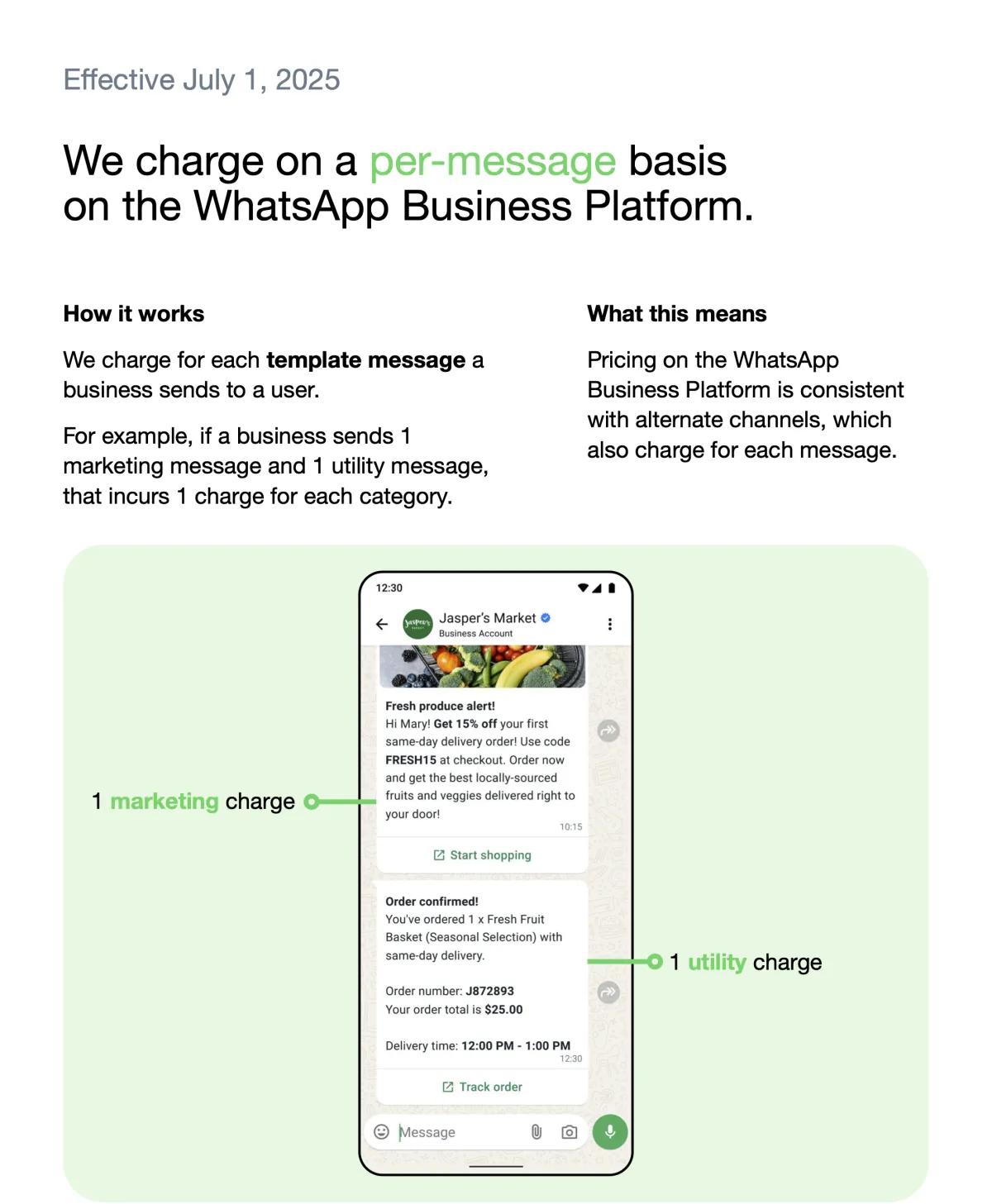
IMPORTANT: Each category has specific initiation methods.
Marketing, utility, and authentication conversations can ONLY be opened with template messages.
Service conversations can ONLY be opened with free-form messages.
To learn how to choose an appropriate category when creating your Whatsapp templates, see Template Categorization Guidelines.
Marketing, Utility, and Authentication Conversations
These conversations remain open for 24 hours from the time the first template message is delivered unless closed by a newly opened free-entry point conversation.
Marketing Conversations: Used for promotional messages, product or service announcements, retargeting campaigns, and cart abandonment reminders.
Utility Conversations: Used to provide information requested by users, such as order updates, delivery notifications, and payment reminders.
Authentication Conversations: Used to authenticate users via one-time passcodes for processes like account verification and recovery.
Service Conversations
This 24-hour timer begins when a customer messages you. During this window, free-form messages can be sent without opening additional conversations.
Used to resolve customer inquiries and issues.
Service conversations are initiated when a free-form message is delivered to a customer, provided no other conversation of any type is open.
These conversations rely on an active customer service window between you and the customer.

Example 1:
Per message based pricing
We charge for each template message a business sends to a user. For example, if a business sends 1 marketing message and 1 utility message, that incurs 1 charge for each category.
(Click the phone image to zoom into the conversation)
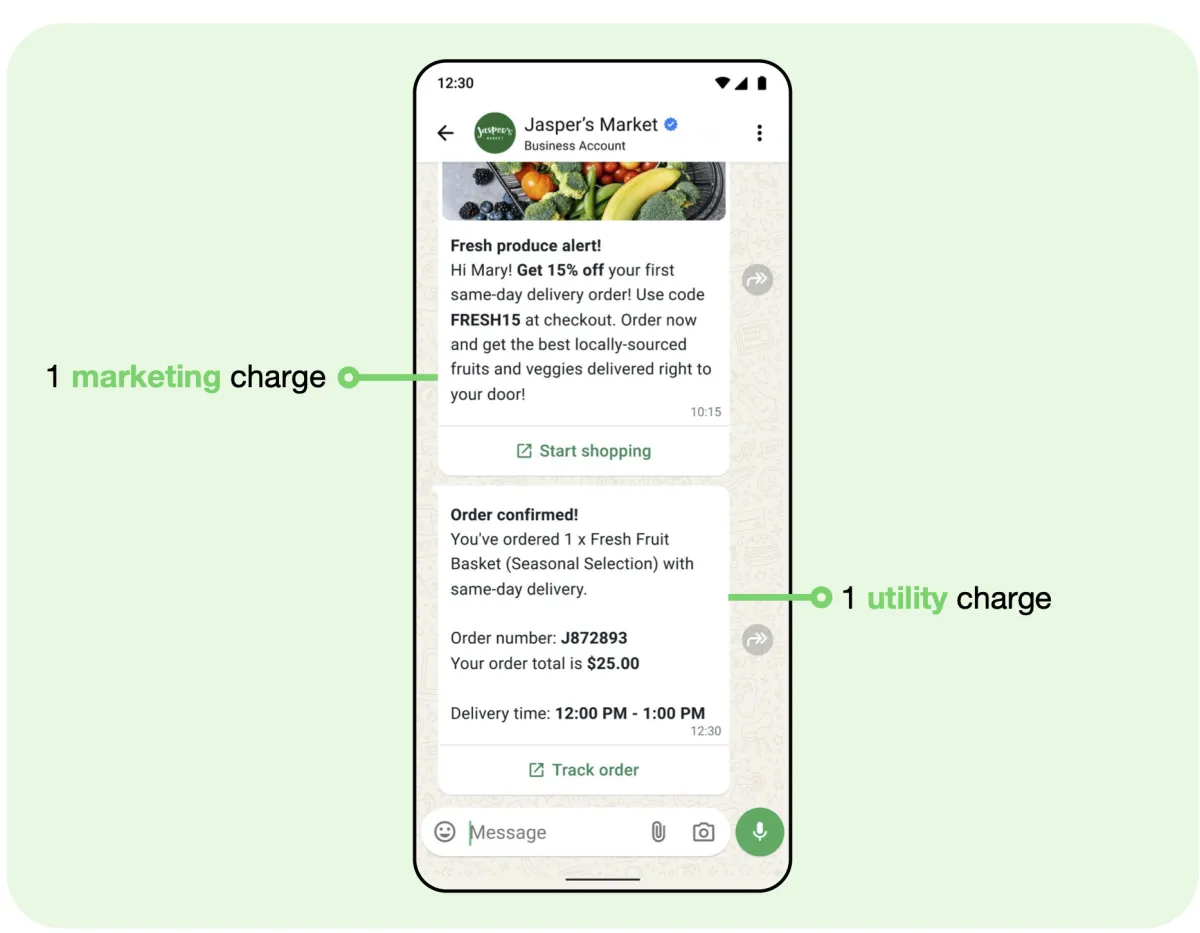
Example 2:
Businesses can respond to users at no charge with free-form messages and utility template messages.
When the customer service window is open, businesses can also send utility messages, at no charge.
(Click the phone image to zoom into the conversation)
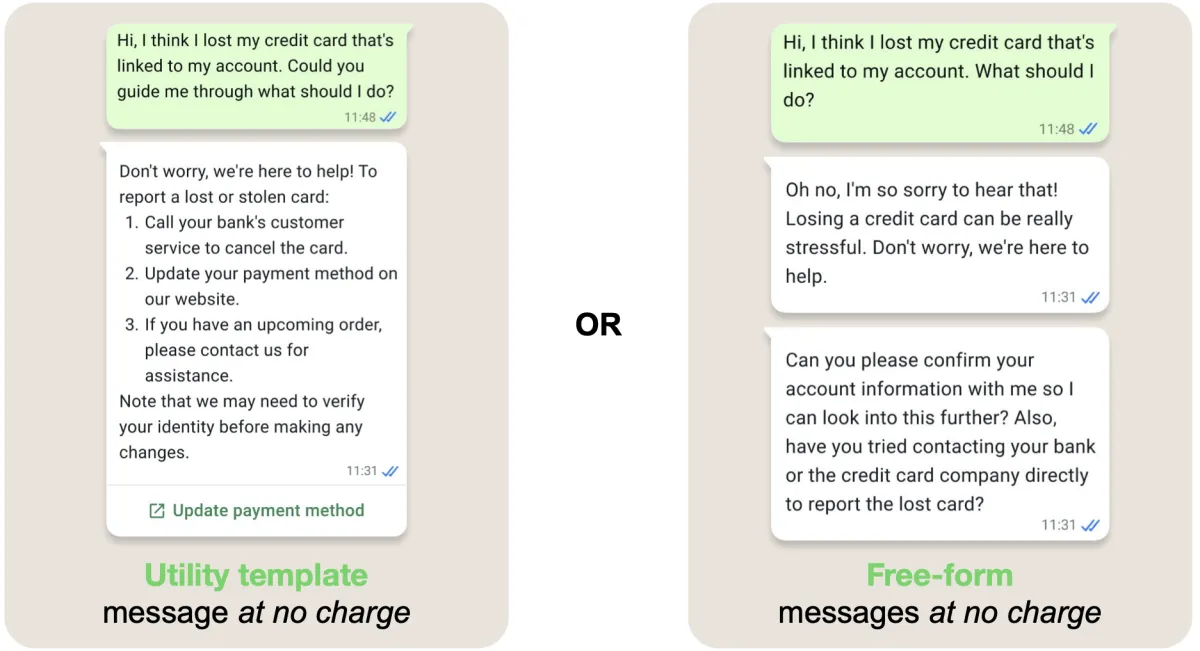
Free Entry Point Conversations
Free entry point conversations provide cost-saving opportunities for businesses by allowing free communication for a limited duration.
How It’s Triggered: A customer messages you via a Click to WhatsApp Ad or Facebook Page Call-to-Action button, and you respond to the message within 24 hours.
Duration: These conversations last 72 hours and automatically close all other open conversations.
Cost Efficiency: Once initiated, no additional charges are incurred for any type of message sent within the 72-hour window.
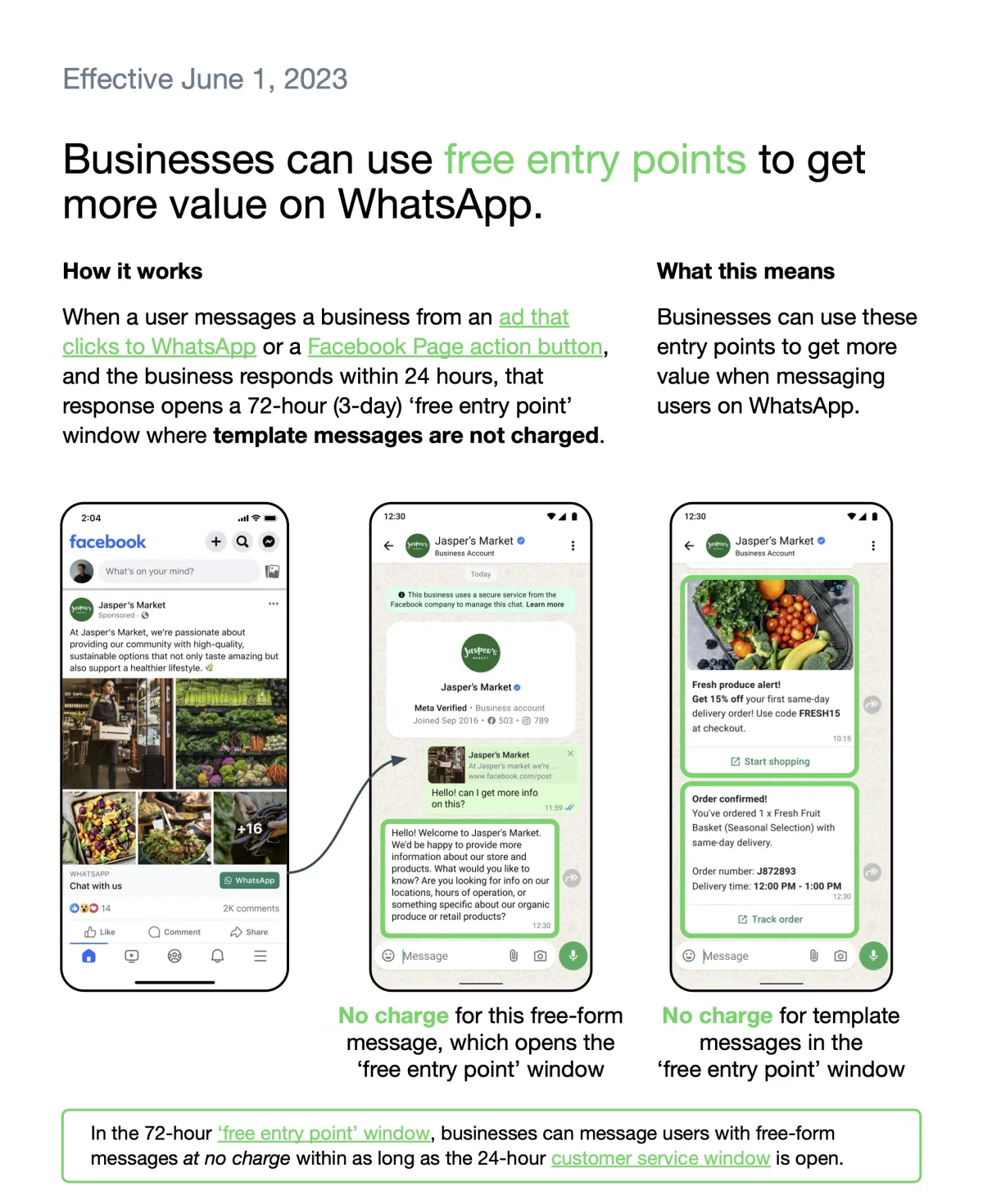
Example of Free Entry Point Conversation
If a customer messages you via a Click to WhatsApp Ad at 10 am and you respond at 10 pm the same day:
The free entry point conversation starts at 10 pm and lasts for 72 hours.
WhatsApp Messaging Rates by Market/Country [Effective 1 July 2025]
Understanding conversation rates by market or country helps businesses plan their communication costs effectively. Rates vary depending on the type of conversation (Marketing, Utility, or Service) and the region where the message is sent. This information allows for precise budgeting and optimized communication strategies tailored to specific geographic locations.
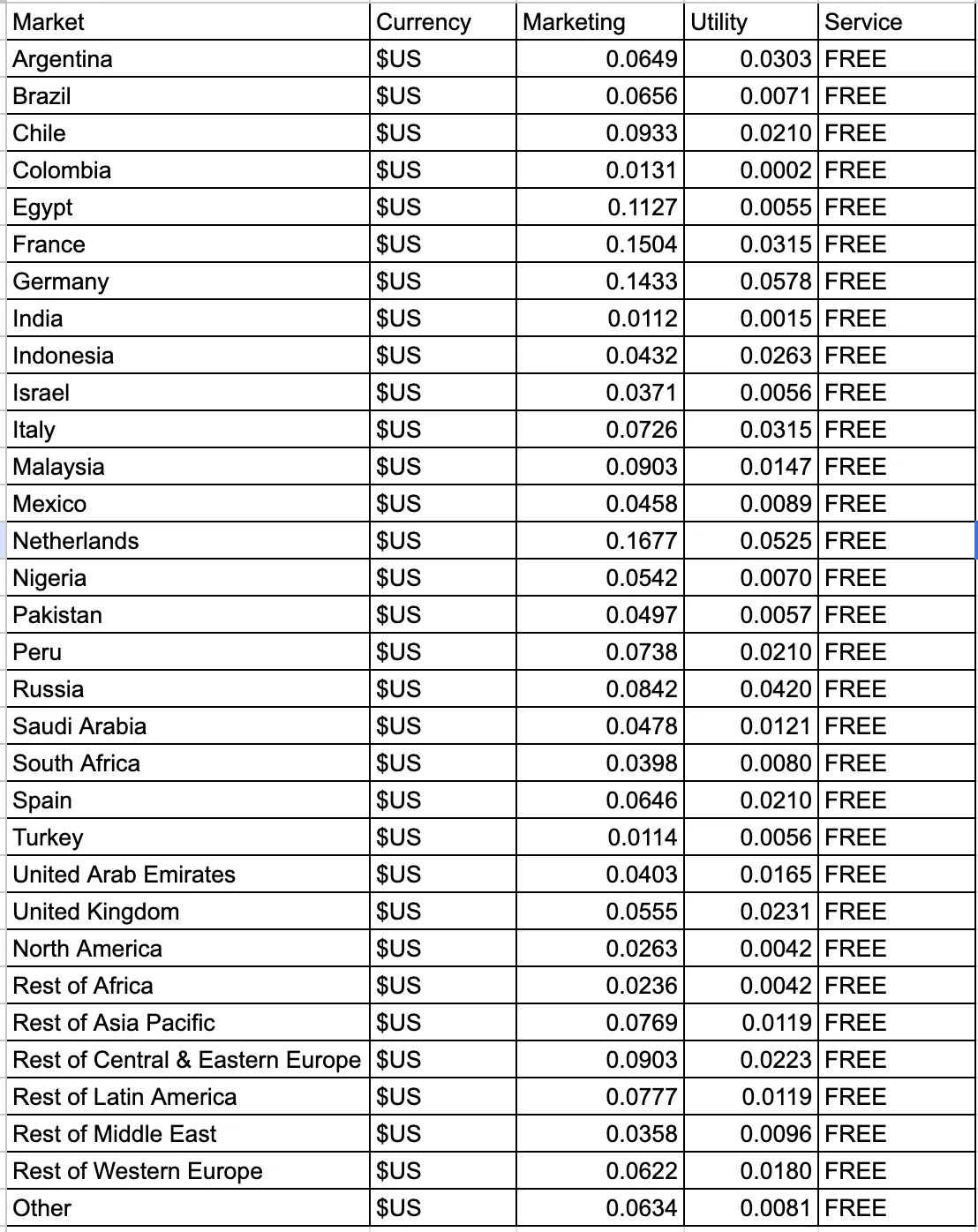


© Copyright 2025 TRIGGANT, L.L.C. All rights reserved.




